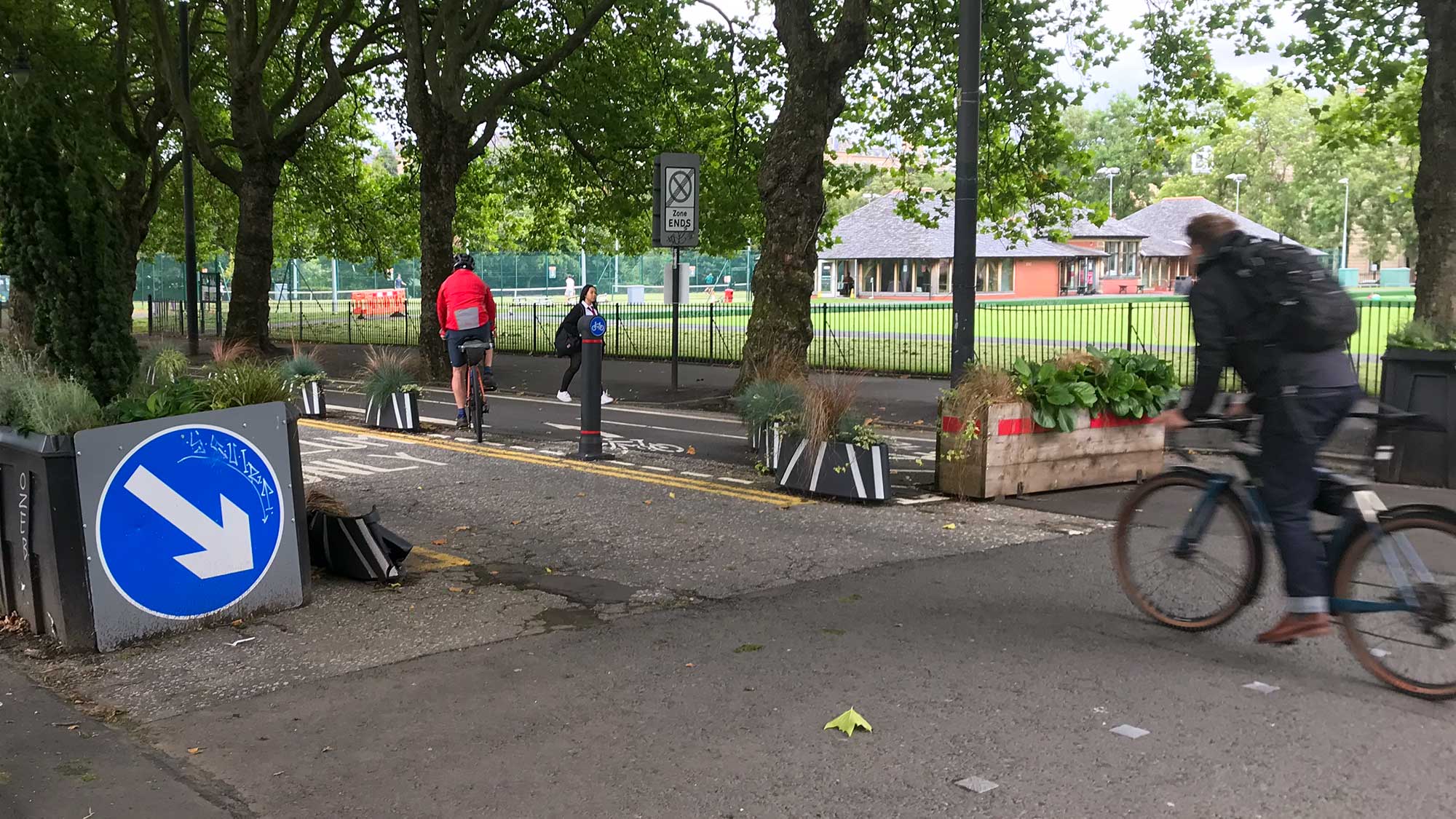 Roll up roll up, for GoBike’s Call for Action to all the current and future cycle campaigners in and around Glasgow, this very Saturday afternoon, yes that’s Saturday the 28th of July 2018. We need your ideas, your energy and your involvement.
Roll up roll up, for GoBike’s Call for Action to all the current and future cycle campaigners in and around Glasgow, this very Saturday afternoon, yes that’s Saturday the 28th of July 2018. We need your ideas, your energy and your involvement.
Do you have ideas on how we can make cycling safer and better around our roads? Would you like to hear more about what and how we’ve been campaigning over the last year? Would you just like to see how you might be able to get more involved?
Well get yer tickets here – they are free!

Continue reading “Call for Action Day – This Saturday!!”
Like this:
Like Loading...









 Roll up roll up, for GoBike’s Call for Action to all the current and future cycle campaigners in and around Glasgow, this very Saturday afternoon, yes that’s Saturday the 28th of July 2018. We need your ideas, your energy and your involvement.
Roll up roll up, for GoBike’s Call for Action to all the current and future cycle campaigners in and around Glasgow, this very Saturday afternoon, yes that’s Saturday the 28th of July 2018. We need your ideas, your energy and your involvement.